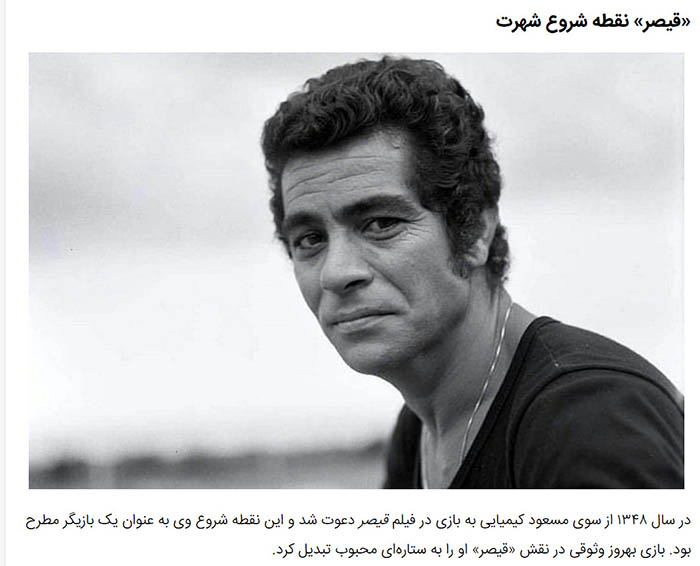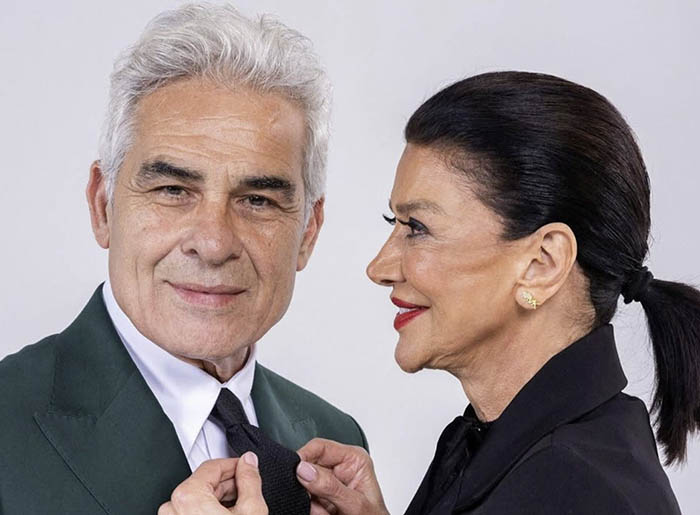The Journey of Behrouz Vosoughi: The “Emperor” of Cinema

The Cultural Significance of Behrouz Vosoughi’s Work
Behrouz Vosoughi’s films not only reflect personal stories but also serve as cultural artifacts that provide insight into Iranian society through different eras. This section explores the broader cultural significance of his work and the themes prevalent in his films.
Themes of Resistance and Identity
One of the defining features of Vosoughi’s roles is his embodiment of resistance against oppression and injustice. In films such as Tangsir and Mamel American, he portrayed characters who fought against societal constraints, reflecting the real-life struggles many Iranians faced during turbulent political periods. This resistance theme resonates deeply with audiences who recognize the historical and contemporary significance of these narratives.
Through his performances, Vosoughi also explored themes of individual and national identity. His characters often grappled with their sense of self amidst changing socio-political landscapes. This process of defining identity, especially during a time of upheaval in Iran, allowed him to create a connection with viewers who were similarly affected by these challenges.
Representation of Women and Social Issues
Vosoughi’s films also address essential social issues, particularly regarding gender dynamics and the representation of women in Iranian society. In films like Gozenha, which feature strong female characters alongside Vosoughi’s roles, there’s an implicit critique of traditional gender roles. The narratives often highlight the struggles women face in a patriarchal society, and Vosoughi’s collaboration with resilient female characters enhances the impact of these themes.
By presenting nuanced portrayals of women, Vosoughi contributed to the dialogue surrounding women’s rights and agency in Iran. Through his art, he implicitly challenged societal norms, urging audiences to reflect on their views and fostering a more progressive discourse about gender equality.




